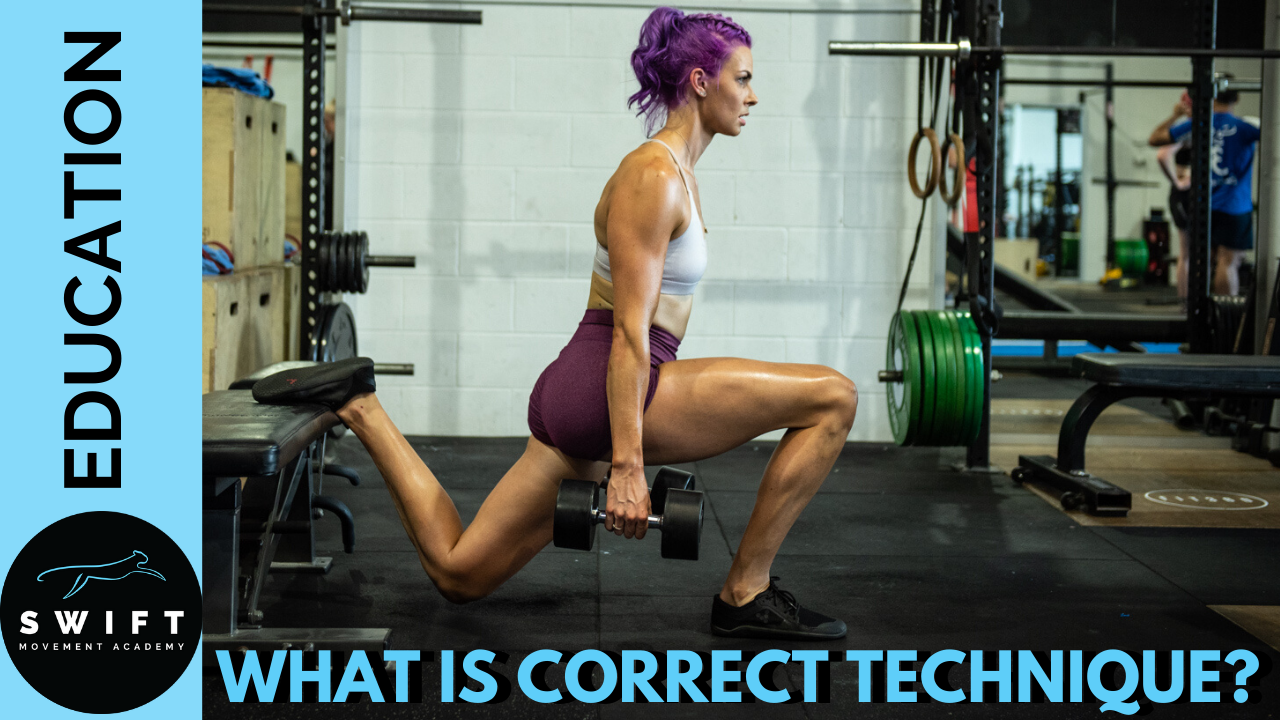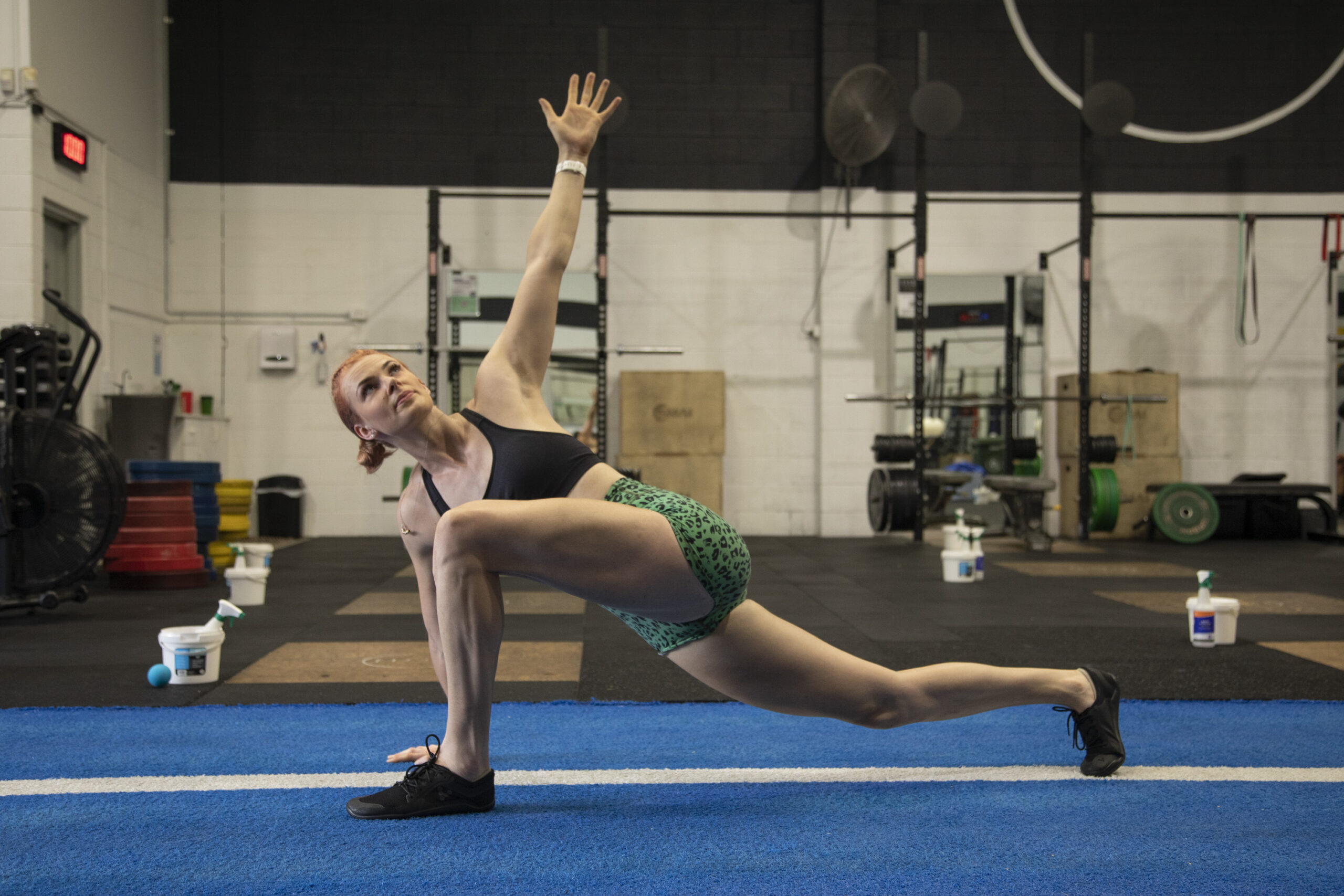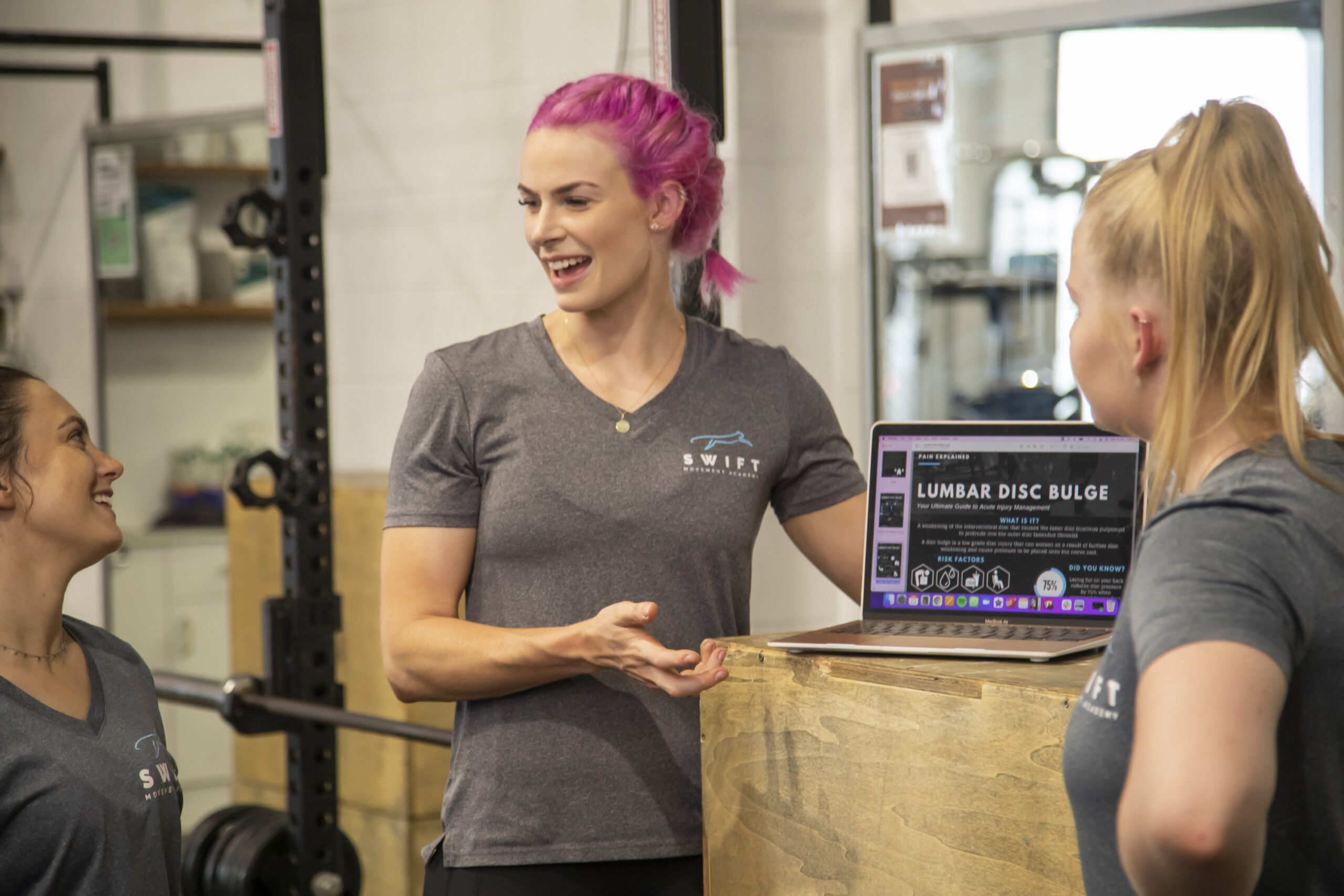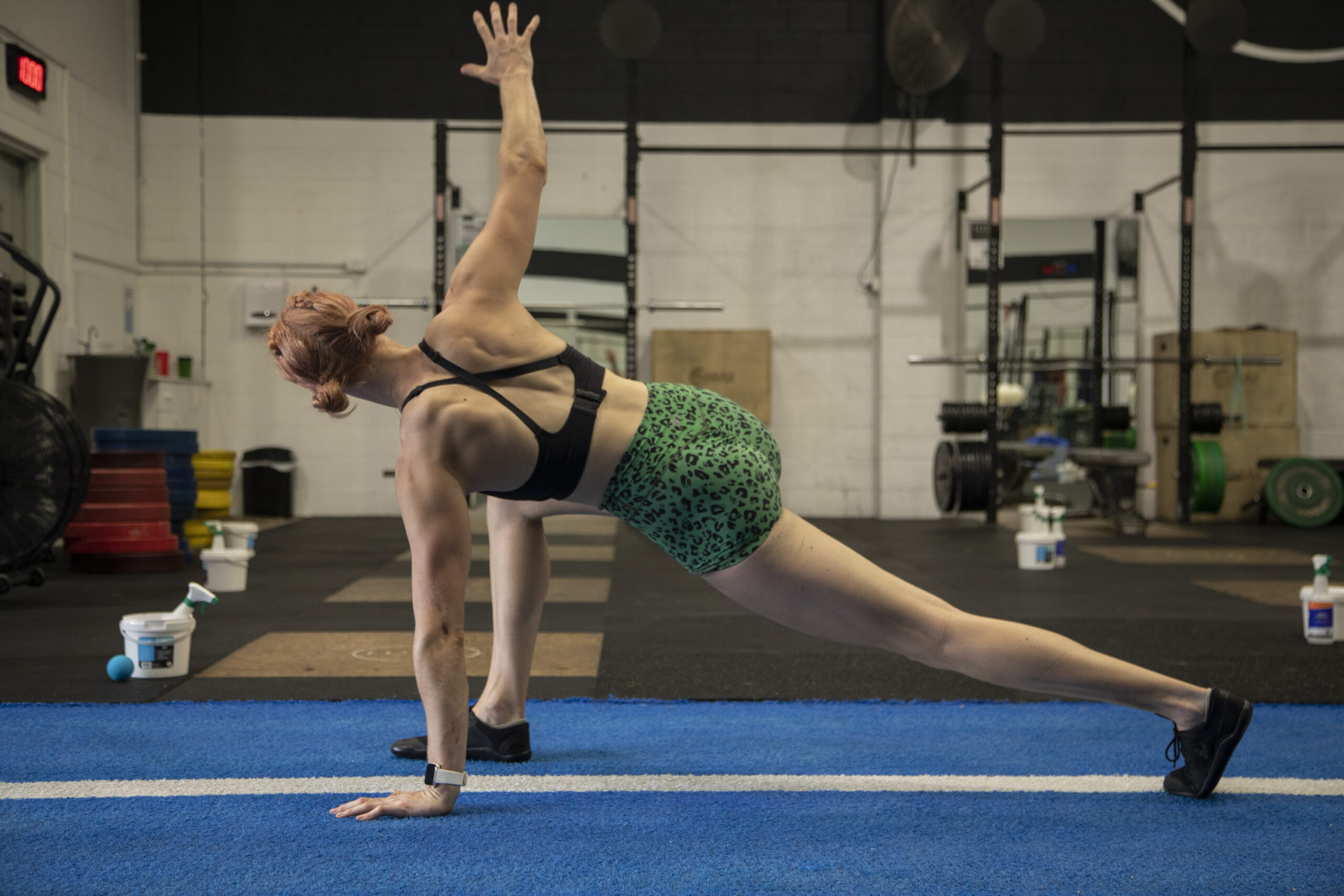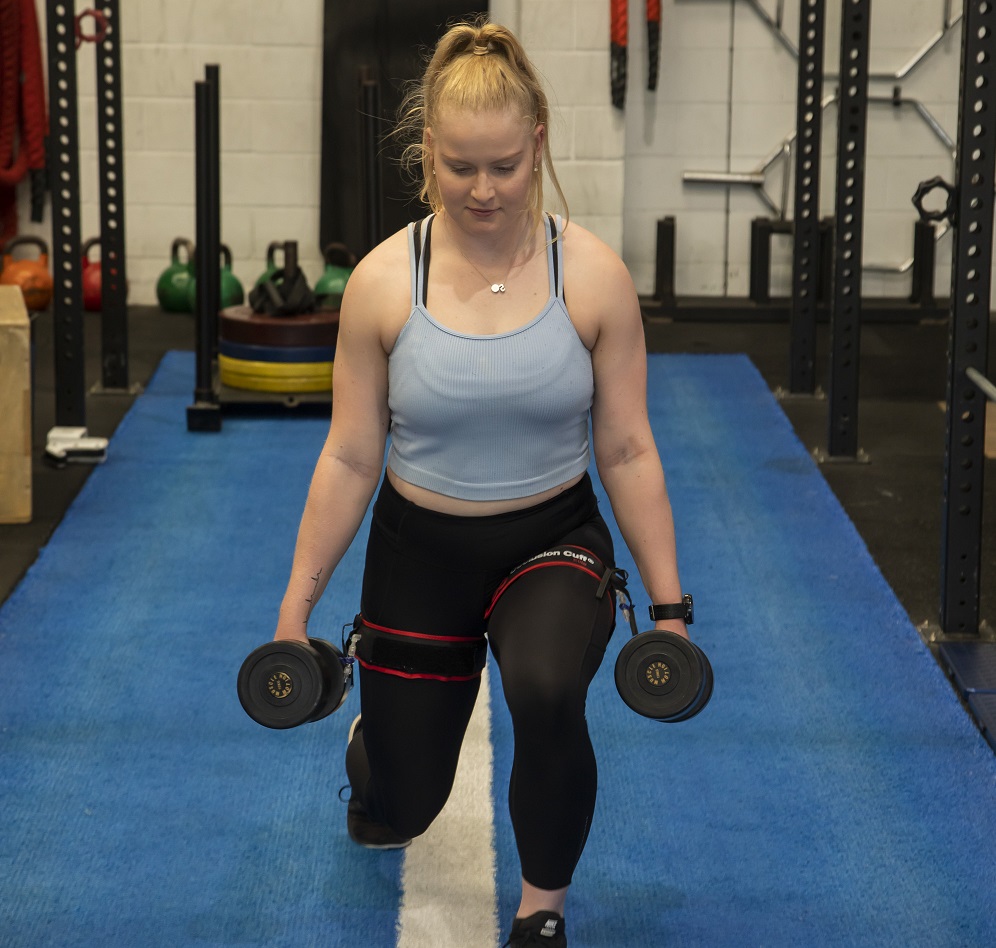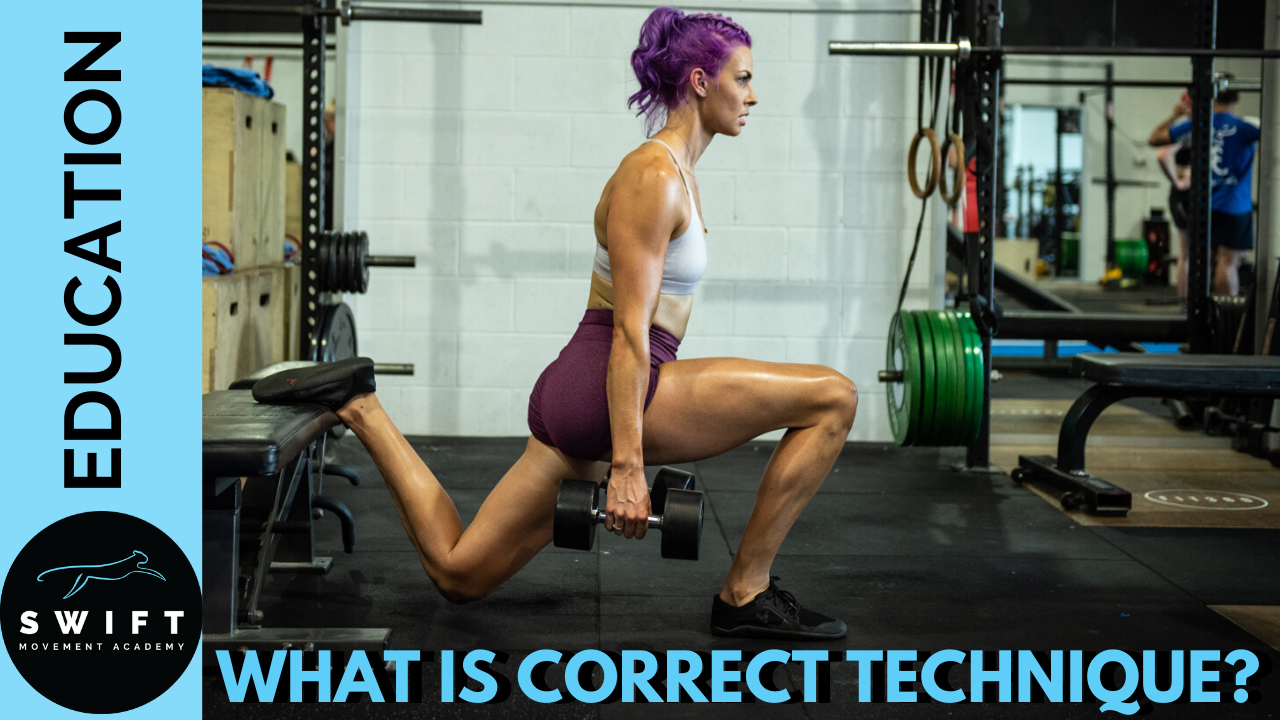
Psst! If you’d prefer to watch a 10min video instead of reading this article CLICK HERE. Otherwise, read on.
Why do we hold technique to such a high standard and is it really worth the pedestal it’s been put on?
Does “correct” technique reduce pain? Can “correct technique” improve performance?
Why is everyone striving for this ambiguous gold standard of “correct technique” when it may not even exist?
As a society, we’ve been ingrained to believe that this technique is good and that technique is bad. Honestly, it’s our fault. Putting up posts with “good” vs “bad” on them and click bait titles may get you short term likes and reinforce that this is what people want to see but is it really helping them to understand? And can we even say with certainty that one technique is better than another?
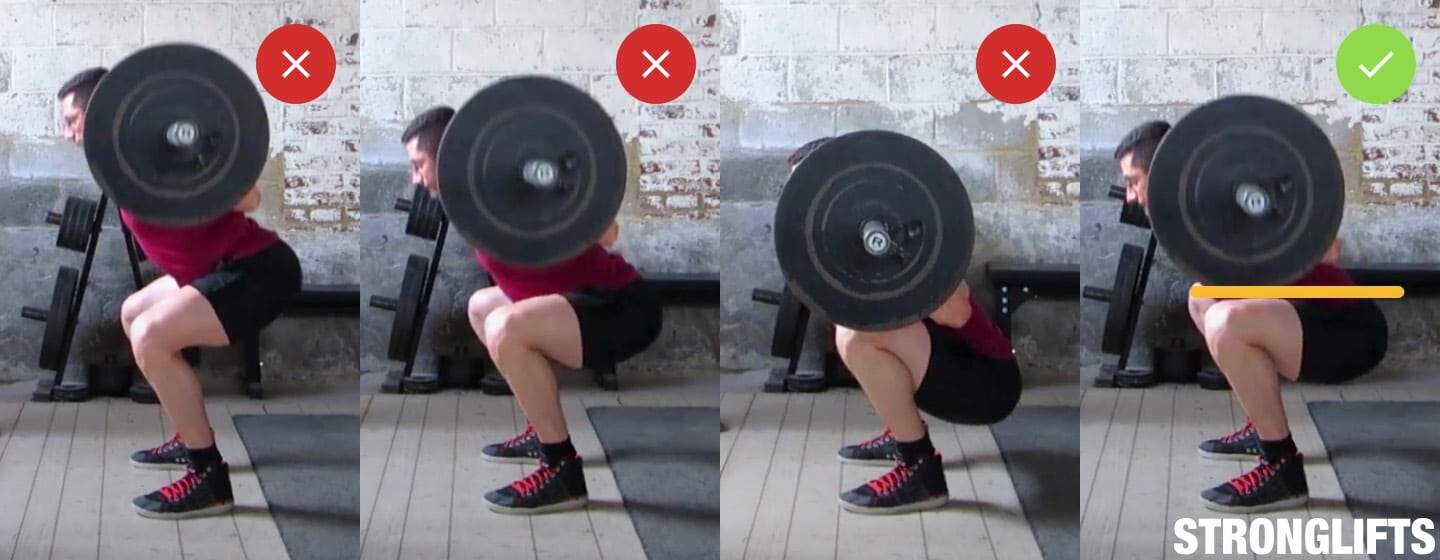
We, the fitness industry as a whole, are to blame for putting out this information. Fortunately, this also means it’s also our responsibility to fix it. To help you. The coach, the health professional, the Mum or Dad of children wanting to lift weights and the individual who has a keen interest in exercise and training.
Let’s start with the facts:
Technique is defined as: a skilful or efficient way of doing or achieving something.
This definition makes sense from a performance standpoint. The technique is specific to the execution of a task with a desired outcome. For example, if the goal is to squat as much weight as possible, we should opt for as wide a stance as possible, vertical shins and a low bar back squat position to just below parallel. BUT if the goal is to increase hypertrophy of the quads through a squat, you’d likely elevate your heels, go for full depth and load the bar in a front rack position. These two squat techniques couldn’t be more different but equally, neither are wrong or should be labelled as “incorrect technique”.
A second definition I found of technique is: A way of carrying out a particular task, especially the execution or performance of an artistic work or a scientific procedure.
I like this definition because exercise and programming is science meets art. So… as long as the task being performed is carried out with the intended technique with the intention to lead toward a specific goal or target, then the technique is correct – for that movement.
So are we really teaching “correct technique” or just a specific movement strategy that we want to implement?
After diving into the research, I found a fair few articles pertaining to technique and, to condense the literature I’m going to talk here about technique as it relates to the squat in particular.
Delitto and Rose 1992 looked at lifting with anterior and posterior pelvic tilt. Note this is different to butt wink (which you can check out in my previous episode) but briefly – that’s where you start in anterior tilt and move into posterior tilt at some point during the lift on the way down. So, what they found was that the erector spinae activation was greater in anterior over posterior pelvic tilt. What they concluded from this was that lifting with anterior tilt may be more beneficial when attempting to lift heavier loads.
I also notice that throughout the literature specific exercise techniques were rarely labelled as “correct” or “incorrect”.
This is likely because the scientific community must fact check and be very clear and careful about what they say or fear never being published at all. This is a very stark contrast to that guy on Instagram who sounds really smart… apparently gives him automatic rights to say whatever he wants as if it’s come from a peer-reviewed meta-analysis of several relevant RCT published in the literature. Basically, what I’m getting at is that you can’t trust every source you get your information from and last time I checked, the only pre-requisite for an IG account was having your own email address.
This contrast between the research and the general fit pro on social media has a long way to go and it’s unfortunate that click bait terms like “don’t do this or you’ll get back pain” and “the correct way to do a squat” is the information that’s constantly being perpetuated and fed to the general population who are doing the best they can, but being given very finite views of what is right and wrong. This is where the confusion takes place and why I have so many people coming to me worried about their technique and wanting to train with “correct technique”.
From the research I found Hagen et al in 1994 looked at technique based on movement efficiency and energy expenditure in a stoop vs squat to pick up a box. It showed only slightly higher expenditure in the squat which was determined to be because of the change of body position as opposed to the external load. Technique in this case had the goal of movement efficiency which is the important distinction to make.
Once we understand the objective, we can determine if a technique is right for a particular movement or not.
There was one study that did let me down by Bishop & Turner 2017 who’s title was “Corrective exercises for excessive forward lean in high bar back squat”. While it addressed reasons why the squat is good for athletic development it didn’t link what good technique actually is and why we should aim to use their proposed methods of “correcting it”. It did go through concepts I use with my clients like assessing ankle mobility and cueing to maintain a more upright torso but lacked the distinct reasoning why these things were necessary and what technique they were actually working towards in the first place.
De Gruyter in 2018 summarized the current literature by stating that ergonomics have been studied for years with contradictory results meaning we don’t know if a technique is good or bad, likely because it’s purpose driven and movement alone isn’t likely to increase injury risk. Obviously, there are a lot of factors when we talk injuries however a comprehensive Cochrane review from 2012 concluded that training “proper handling techniques” which is basically the bend at the knees, don’t use your back” talk that every workplace receives when they’re required to lift heavy objects and it found that completing this training made absolutely no difference to the injury prevention of low back pain when compared to no training at all.
The literature is also clear when it comes to the technique of lifting and whether or not we should be doing so with a flexed spine. It says, and I quote “There is no credible evidence to support the notion that lumbar spine flexion should be minimized during lifting to prevent low back pain”. In contrast, it has actually been identified several times that those with low back pain use LESS lumbar flexion (and therefore avoid bending over MORE that those who are pain free) and are moving freely without pain.

Let me reiterate that point again.
There is NO conclusive evidence to suggest lifting with a bend or rounded back will increase your injury risk… NONE!
… So why do we all still lift with what is perceived to be a “flat back”? Because side note – even what appears to be a neutral spine to the naked eye, can have up to 30-degrees of flexion occurring at any one time. Why don’t we see intentionally rounded backs with lifting? What has had us so conditioned to lift with a straight, or extended spine?
My best bet is that it relates to performance. When we talk technique for injury prevention there isn’t really that much literature on it, but there certainly is a whole lot on what muscles are recruited more during certain techniques or what lifts we can maximize through weight on the bar or bar speed itself by utilizing specific technique styles.
Athletes are great to look at to help understand this concept. Most athletes at the highest level all perform their exercise technique fairly similarly and there’s a reason for that. That specific technique provides the most desirable outcome. Whether it’s the javelin throw, sprinting or a volleyball spike – there is a certain technique that is going to perform best for the result of throwing further, running faster or jumping higher.
Key Take Homes:
1. Words are important:
The tick and cross polarizing dichotomies of right and wrong needs to stop and it starts with us, the health professionals, and coaches on the front line of movement prescription. It confuses our clients, demonizes certain techniques and paints a very black and white picture when in reality, technique is a whole lot of grey. By adding to the noise on social media we aren’t helping anyone but our own egos by thinking we are “right”. I completely understand it’s frustrating to have long winded conversations around “the grey area” and but these conversations are needed.
To give you a couple of examples of how I’ve changed my language in recent years I’ve gone from:
“We aren’t doing that because you’ll probably injure yourself” to “For your goals I don’t believe that’s the best option for you right now”.
And I’ve changed:
“Don’t do that technique, it’s bad for your back” to “We should try this instead”.
2. Technique is only important as it pertains to the goal:
After 57+ comments in Coaches Academy on technique alone and in-depth discussions one on one with clients and colleagues, I think I’ve found clarity and understanding of the purpose of technique and how it sits in the exercise and movement spectrum when we use the term.
Outcome Driven Technique Execution: Execute the technique required to achieve the desired outcome.
Questions? Comments? Feedback? Let me know below!
As always – MOVE SWIFTLY!
Reference List:
1. Bishop C & Turner AN. (2017). Integrated approach to correcting the high-bar back squat from “excessive forward leaning”. Strength & Conditioning Journal, 39(6), 46-53. ISSN 1524-1602 (doi:10.1519/ssc.0000000000000337)
2. de Gruyter W. (2018). Lifting with straight legs and bent spine is not bad for your back. Scandinavian Journal of Pain, 18(4): 563–564, https://doi.org/10.1515/sjpain-2018-0302
3. Delitto RS & Rose SJ. (1992). An Electromyographic Analysis of Two Techniques for Squat Lifting and Lowering. Physical Therapy, Vol 72 (6)
4. Hagen KB, Harms-Ringdahl K & Hallen J. (1994). Influence of lifting technique on perceptual and cardiovascular responses to submaximal repetitive lifting. European Journal of Applied Physiology, 68:477-482.
5. Verbeek JH, Martimo KP, Kuijer PP, Karppinen J, Viikari-Juntura E & Takala EP. (2012). Proper manual handling techniques to prevent low back pain, a Cochrane systematic review. Work 41(1):2299–301.1.
